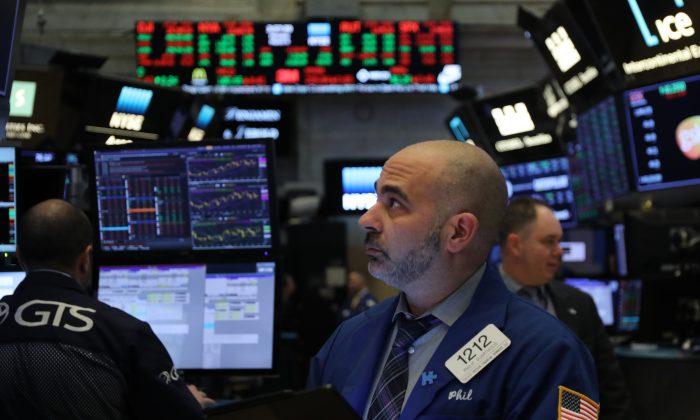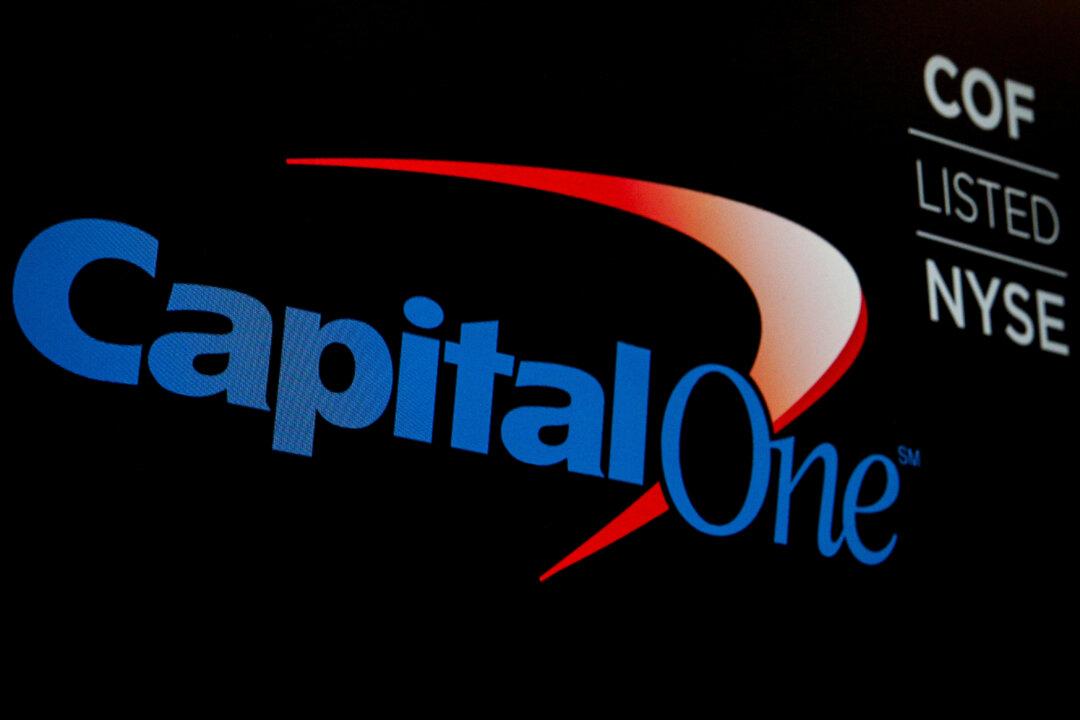The Dow Jones Industrial Average and S&P 500 futures were in the red during early trading on June 22 ahead of Federal Reserve Chairman Jerome Powell’s congressional testimony.
Dow Jones Industrial Average futures were trading at 30,167 as of 8:06 a.m. Eastern time on June 22, down over 300 points after opening at 30,495. Meanwhile, the S&P 500 was trading at 3,717, down about 47 points from its opening of 3,764.
As of June 21, the Dow Jones Industrial Average has lost over 16 percent of its value year-to-date while the S&P 500 index is trading lower by over 21 percent.
The decline in index futures came ahead of Powell’s semi-annual congressional testimony before the Senate Banking Committee on June 22 and the House Financial Services Committee on June 23.
The Fed raised its benchmark interest rate by 75 basis points on June 15, the biggest such increase since 1994. The decision was motivated by the aim of bringing down inflation, which is already at 40-year highs.
The central bank published its monetary policy report on June 17, in which it pledged an “unconditional” commitment to restoring price stability. This has triggered worries among investors as to how far the Fed is willing to go to combat inflation.
“However, the Fed always faces difficult questions about timing and about the amount of economic damage that it will have to accept. How the [Federal Open Market Committee] will balance those considerations over the course of this cycle is uncertain.”
Recession on the Horizon
Investors are continuing to assess how central banks across the world might potentially push the global economy into a recession by hiking interest rates in a bid to contain inflation. Goldman Sachs officials said they believe a recession is coming for the U.S. economy and that the risks of such a recession are “higher and more front-loaded,” according to CNBC.“The main reasons are that our baseline growth path is now lower and that we are increasingly concerned that the Fed will feel compelled to respond forcefully to high headline inflation and consumer inflation expectations if energy prices rise further, even if activity slows sharply,” the firm said in a note.
For instance, 38 percent of economists had predicted a recession in December 2007, just days before the economic downturn began and continued through the summer of 2009.





